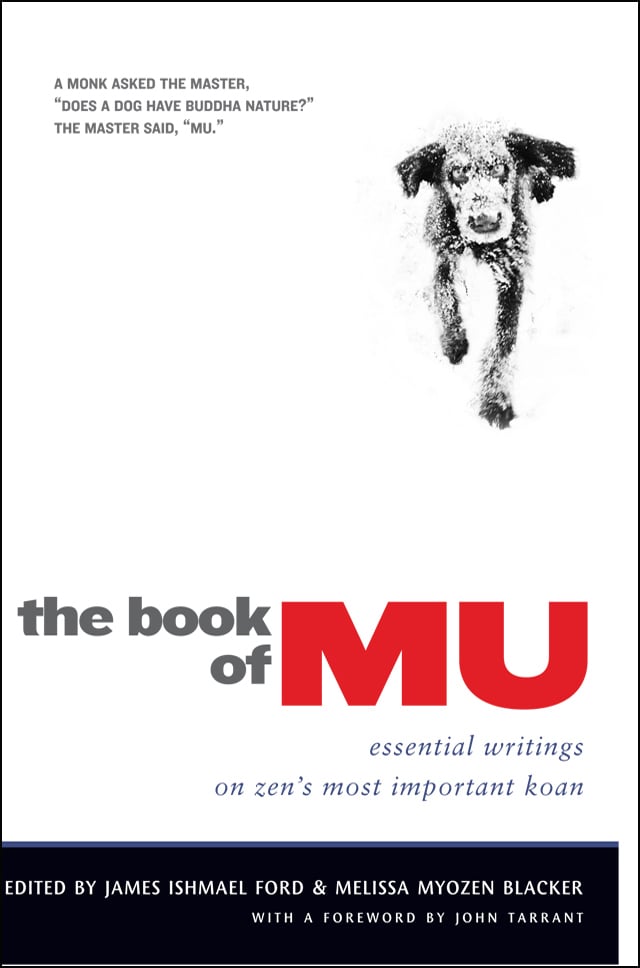Hello everyone,
Would it be fair to say that Shikantaza has the same outcome as other meditation focused schools of Buddhism? Please differentiate for a second between searching for goals and why we sit.
For instance I was reading recently how awareness of the body drops away after a certain amount of time whilst practicing Vipassana (Goenka style). I find this is a natural occurrence when practicing Zazen.
I know in Zen we don't look for results (I actually think it's the same in Theravada) but I suspect the Theravadins discuss the outcomes of practice more than Zen practitioners.
I have just become more aware of boundaries fading of late.
_/|\_
Tony...
Would it be fair to say that Shikantaza has the same outcome as other meditation focused schools of Buddhism? Please differentiate for a second between searching for goals and why we sit.
For instance I was reading recently how awareness of the body drops away after a certain amount of time whilst practicing Vipassana (Goenka style). I find this is a natural occurrence when practicing Zazen.
I know in Zen we don't look for results (I actually think it's the same in Theravada) but I suspect the Theravadins discuss the outcomes of practice more than Zen practitioners.
I have just become more aware of boundaries fading of late.
_/|\_
Tony...


 The clouds are now illuminated with moonlight, and are not the dark and threatening clouds they were before ... but more like translucent gossamer. In turn, the clouds give form and shape to the moonlight, because rich and fertile life is not possible if only naked white light in a formless sky shining over a barren world. The eclipse shadows did not truly block out the moonlight, because the form could still be clearly seen shining like a ruby through the shadows because of the shadows ... and all together was like a Jewel!
The clouds are now illuminated with moonlight, and are not the dark and threatening clouds they were before ... but more like translucent gossamer. In turn, the clouds give form and shape to the moonlight, because rich and fertile life is not possible if only naked white light in a formless sky shining over a barren world. The eclipse shadows did not truly block out the moonlight, because the form could still be clearly seen shining like a ruby through the shadows because of the shadows ... and all together was like a Jewel! 






Comment